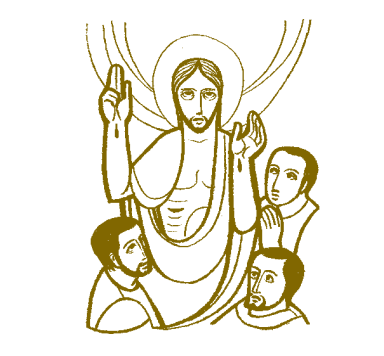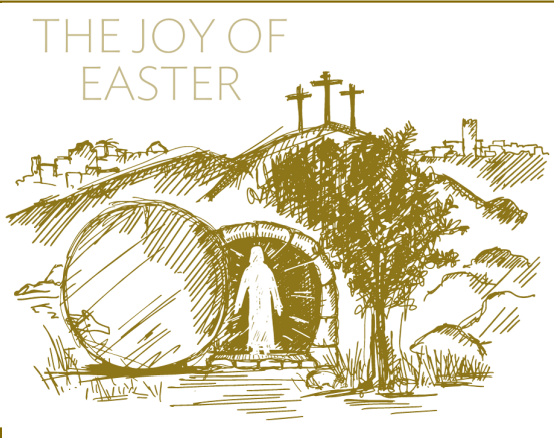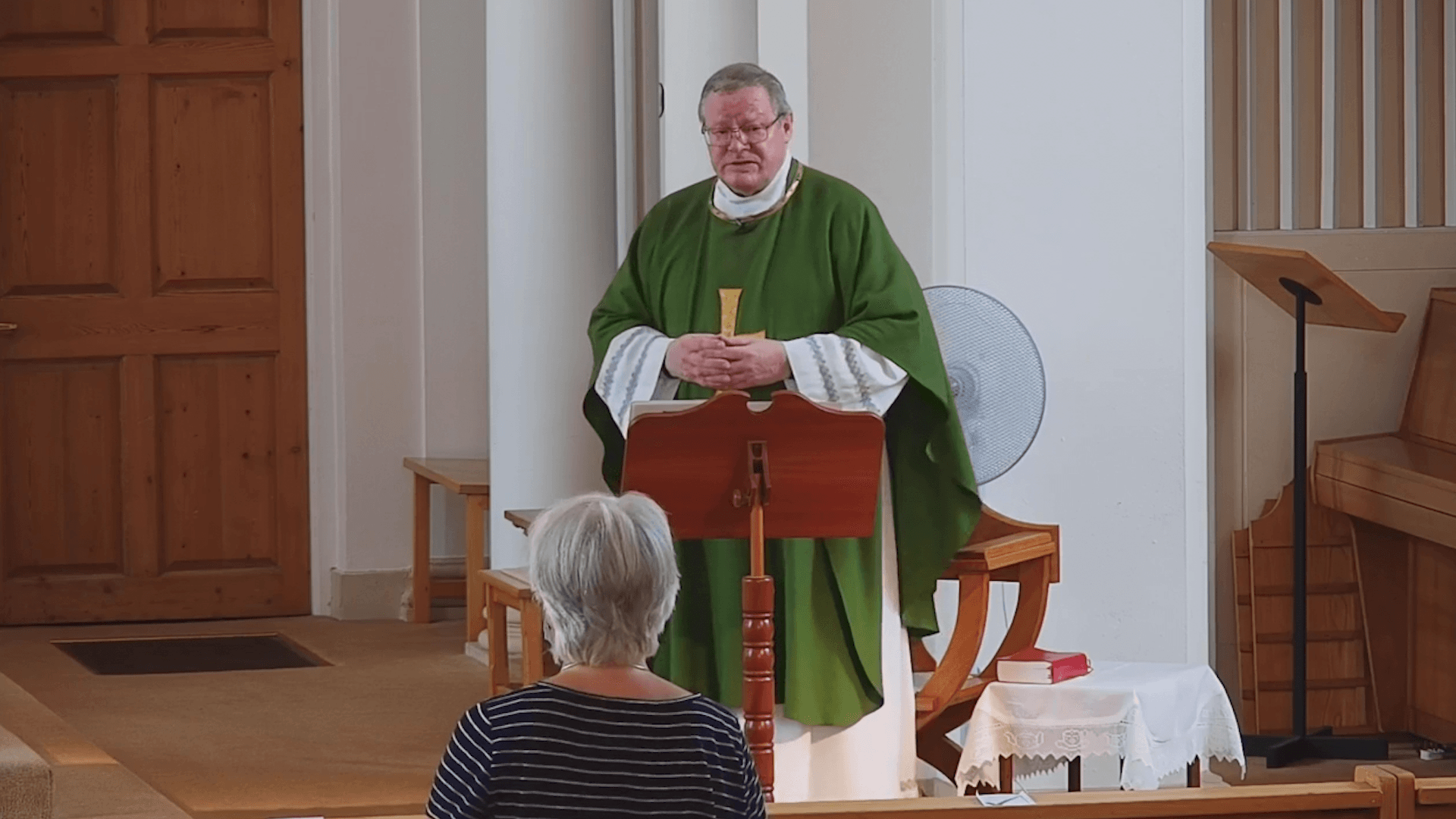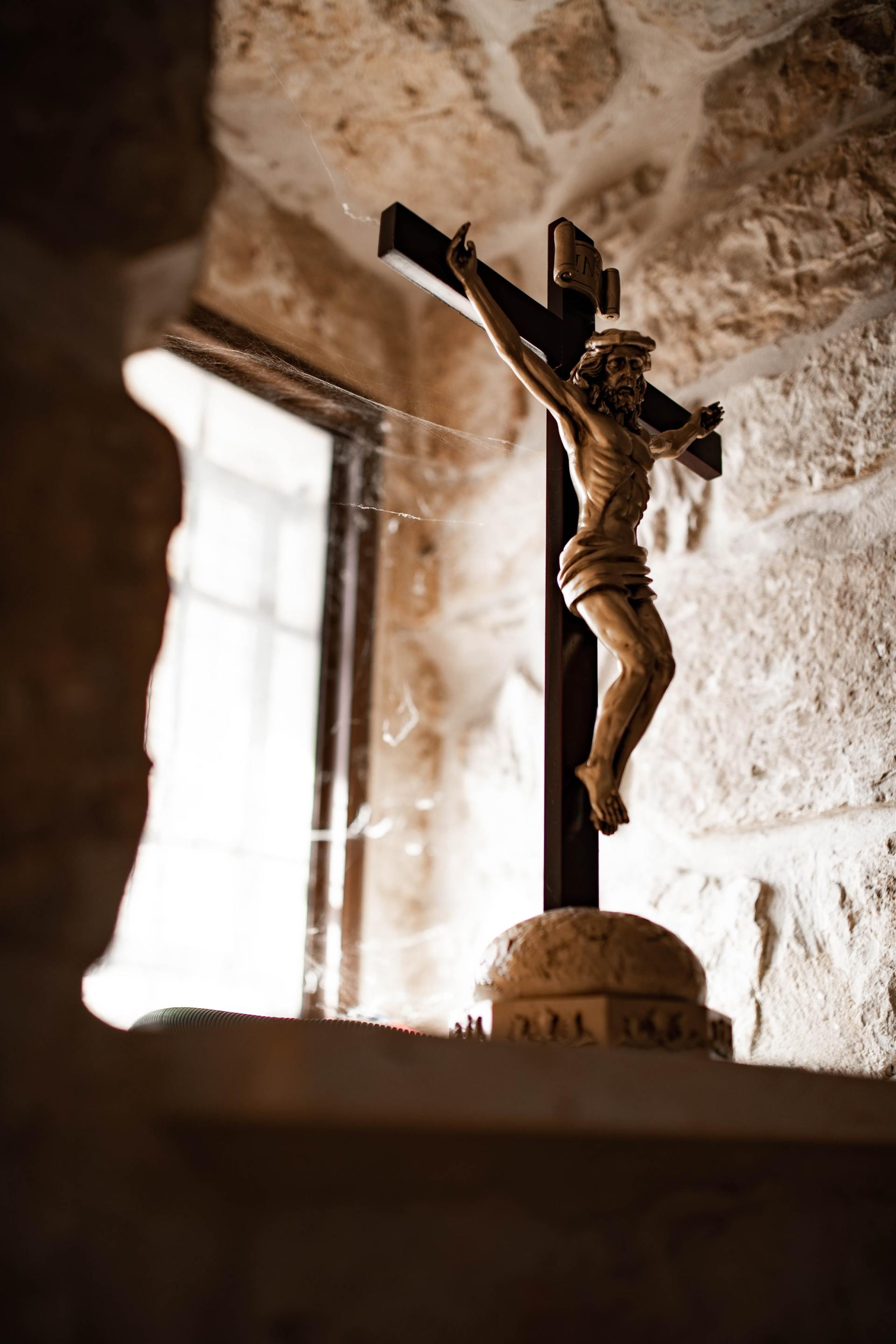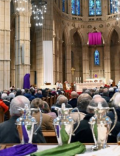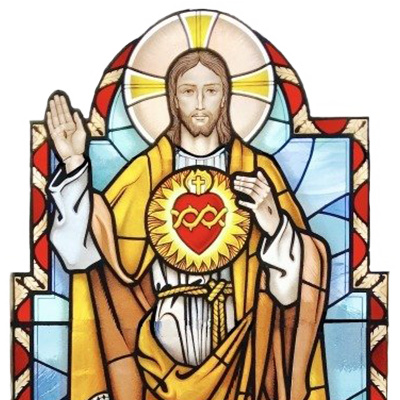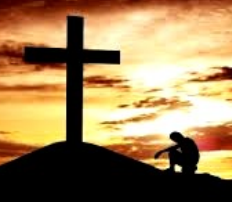St John of the Cross . . .

St John is a saint as his life was a heroic effort to live up to his name: “of the Cross.”
Ordained a Carmelite priest in 1567 at age 25, St John met Teresa of Avila and like her, vowed himself to the primitive Rule of the Carmelites. As partner with Teresa and in his own right, John engaged in the work of reform, and came to experience the price of reform: opposition, misunderstanding, persecution, imprisonment. He came to know the cross acutely - to experience the dying of Jesus - as he sat month after month in his dark, damp, narrow cell with only his God. Yet, the paradox! In this dying of imprisonment St John came to life, uttering poetry. In a dungeon’s darkness, John’s spirit came into the Light. There are many mystics, many poets; John is unique as mystic-poet, expressing in his prison-cross the ecstasy of mystical union with God in the Spiritual Canticle.
But as agony leads to ecstasy, so John had his Ascent to Mt. Carmel, as he named it in his prose masterpiece. As a man, Christian, and Carmelite, he experienced in himself this purifying ascent; as spiritual director, he sensed it in others; as theologian, he described, analysing it in his prose writings. His written works are outstanding and underscore discipleship: discipline, abandonment, purification.
Uniquely and strongly St John underlines the gospel paradox: The cross leads to resurrection, agony to ecstasy, darkness to light, denial to self to union with God. He died at 49 - a life short, but full.
